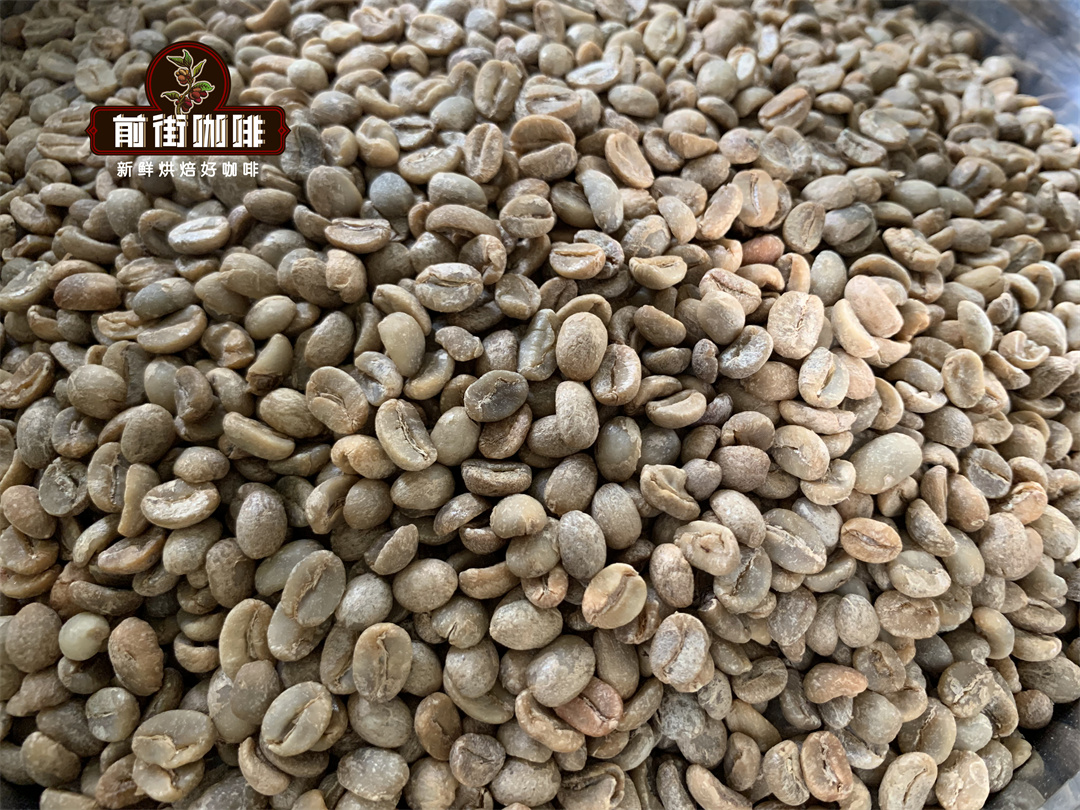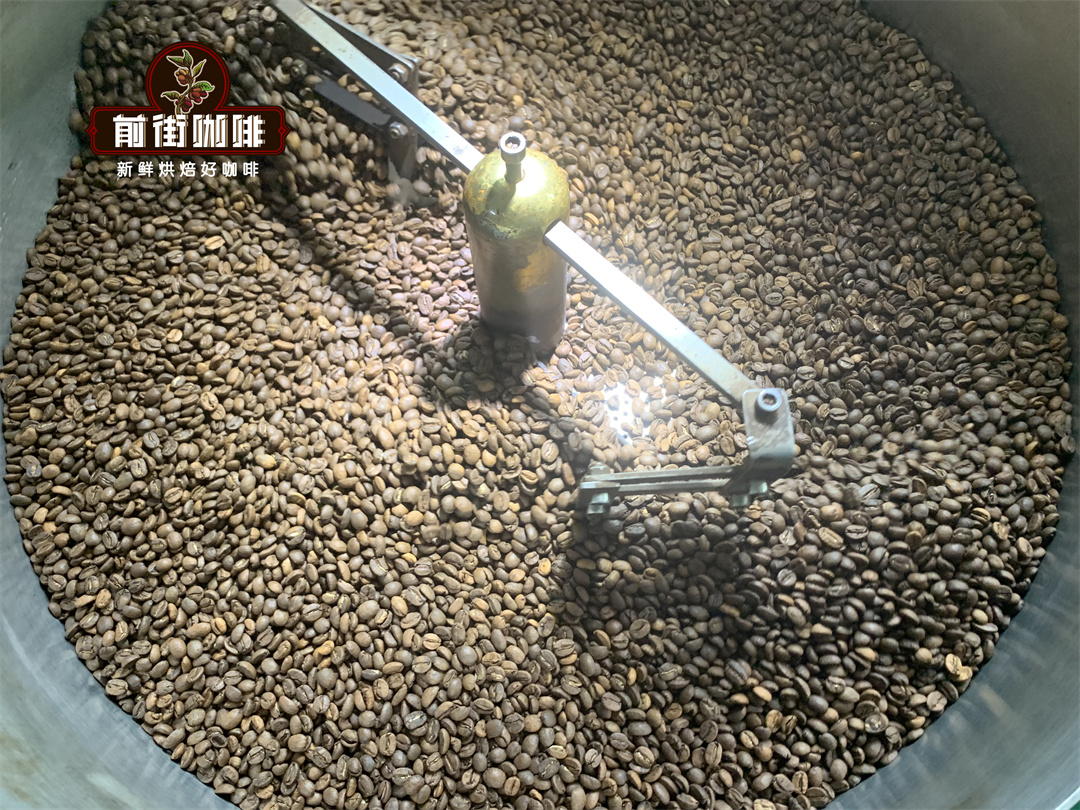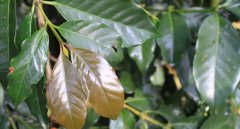What is a coffee DNA test? Can coffee DNA testing help farmers increase coffee production?
In the past few years, the World Coffee Research Center (WCR) has been working to establish a genetic database of coffee varieties. These reference samples were collected from a large number of coffee plants from research institutions around the world. Using the database, WCR began providing genetic testing services to coffee producers in 2017.
The goal of this service is to help plant researchers, producers and bakers verify and understand the varieties grown on the farm and in the study area.

What is a coffee DNA test?
DNA genotyping is the process in which researchers compare DNA sequences to find similarities or differences with known reference samples. Ninety-five percent of the genetic material in coffee plants is "non-coding", which means that the DNA sequence may vary randomly. These mutations are thought to be fingerprints unique to a particular biological pedigree. The researchers were able to focus on key parts of these non-coding DNA sequences, compare them with reference samples, and indicate whether the samples match. Interestingly, this is very similar to the way DNA paternity testing works in humans. )
Through genetic fingerprinting, WCR has been able to improve our understanding of how coffee spreads from the highlands of southwestern Ethiopia to the rest of the world. Most interestingly, tests have confirmed that bourbon and Tippika coffee varieties left Ethiopia as different genetic populations, rather than natural mutations that occurred in the late 18th century, as previously thought. The results also found that India played a greater role in the spread of iron pickup varieties in the early European colonies along the Pacific coast than previously known.
In one example, a relationship is being explored with a small farmers' group in Sumatra, which is growing some interesting varieties and experimenting with fully washed processing techniques-very different from the wet-skin coffee that is common in Sumatra. A sample is marked as Pacamara. Coffee certainly doesn't taste like any Sumatran coffee we've tried before, but it doesn't look or taste like Pacamaras, which is more common in Central America. Decided to test the sample, it turns out that coffee is not Pacamara at all, but another unheard of inconspicuous variety, called S4808-it is a mixture of Catua í and Timor varieties. It's not that the group is trying to deceive us, it's just that they don't know what species they're growing and are sometimes provided with false information.
None of this example is earth-shaking, but we are proud of this sense of transparency and hope to provide as accurate information as possible. This type of genetic testing is another tool that enables us to achieve this goal and continue to learn about coffee with our production partners.

What does this mean for the future of coffee?
Although it is hard to imagine today that most coffee farmers in the world are not sure what kind of coffee they grow, this is reality. It is common for many coffee farms to be inherited or to pass seeds informally from neighbors or relatives. Countries such as Colombia and Guatemala have more official channels to sell new varieties to producers but many small farmers around the world do not have such channels.
Seed and plant testing is critical to farmers' ability to manage farm risk. Imagine a farmer buying seeds from a neighbor and thinking that the variety they plan to plant is resistant to coffee leaf rust (CLR), a serious plant disease that affects most of the coffee-producing world. Producers may make decisions about specific farm management techniques based on this assumption, but what if the seeds are not CLR resistant? What if the seed they get is actually another variety that is highly sensitive to disease? This can have a devastating impact on production, and these errors can take many years to reverse, as most coffee plants do not begin to bear fruit until three to five years after they have been planted.
Another impact on producers involves access to credit-a huge obstacle to farmers' profits. If producers decide it is time to replant part of their farm or invest in newer high-quality varieties, this usually requires a lot of upfront investment. If banks are uncertain about the possibility of success on the farm, they are unlikely to approve loans for these improvements. Proven information about the variety being planted can make it a safer investment for lending institutions. This may seem far-fetched, but it has already happened in Colombia, where farmers have been offered more favourable loan terms in exchange for planting CLR-resistant varieties, such as Castillo--, a variety created and certified by the Colombian Coffee Research Institute.
Finally, the DNA Coffee Test has the ability to empower producers at the farm level by ensuring that they know what varieties they are growing, which in turn helps to ensure success not only on their farms but also in the industry as a whole.
Important Notice :
前街咖啡 FrontStreet Coffee has moved to new addredd:
FrontStreet Coffee Address: 315,Donghua East Road,GuangZhou
Tel:020 38364473
- Prev

Coffee basics 3 steps to make the best coffee at home
With regard to boutique coffee, Qianjie Coffee has published many articles on how to make better coffee at home. We can spend hours outlining how to make delicious coffee, but there are three easiest and easiest ways to always stand out that can significantly improve your home coffee operation. It is important to buy a high-quality grinder because of the coffee
- Next

Why is organic coffee expensive? Will organic coffee be a safer coffee?
When it comes to organic coffee, as we often mention, organic tea actually means the same thing, what is the organic definition related to coffee. Then let's go on to learn a little bit more about it. Organic certification of crops, in this case, coffee has four basic components: 1. Do not use synthetic pesticides, herbicides or fungicides.
Related
- Beginners will see the "Coffee pull flower" guide!
- What is the difference between ice blog purified milk and ordinary milk coffee?
- Why is the Philippines the largest producer of crops in Liberia?
- For coffee extraction, should the fine powder be retained?
- How does extracted espresso fill pressed powder? How much strength does it take to press the powder?
- How to make jasmine cold extract coffee? Is the jasmine + latte good?
- Will this little toy really make the coffee taste better? How does Lily Drip affect coffee extraction?
- Will the action of slapping the filter cup also affect coffee extraction?
- What's the difference between powder-to-water ratio and powder-to-liquid ratio?
- What is the Ethiopian local species? What does it have to do with Heirloom native species?

